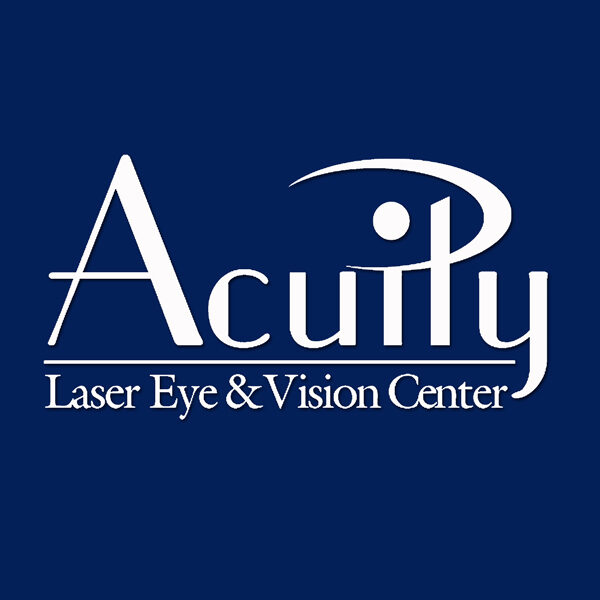Custom LASIK is the most advanced laser technology available. Custom LASIK laser treatments are based upon the unique visual characteristics of your eye. Up until now, with glasses, contacts and conventional LASIK surgery, corrections were quite similar for each type of prescription. Custom LASIK involves measuring the eye from front to back with a special laser, using what’s called “wavefront” technology, to create a three-dimensional (3-D) image of the eye. The information contained in the wavefront-map guides the laser in customizing the treatment to your individual visual system.
Possible Benefits of Custom LASIK
Custom LASIK wavefront technology is revolutionary because it has the potential to improve not only the quantity of your vision (i.e. the visual acuity measured by the standard 20/20 Snellen eye chart), but also the quality of how well you can see (i.e. visual acuity measured in terms of contrast sensitivity and fine vision). This may translate into a reduced risk of post-LASIK untoward side-effects, such as difficulty with night vision.
How much you see depends on what lower-order and higher-order aberrations you have; lower-order aberrations are also called refractive errors (i.e nearsightedness, farsightedness and astigmatism). Conventional LASIK treats these lower-order aberrations. How well you see can also depends on what higher-order aberrations you have; higher-order aberrations are irregularities other than refractive errors, and can cause such problems as decreased contrast sensitivity or night vision, glare, shadows and halos. Higher-order aberrations do not always affect vision. Custom LASIK has the potential to treat both lower- and higher-order aberrations. Some of the potential advantages of wavefront LASIK are:
Potentially a greater chance of achieving 20/20 vision without glasses
Potentially a greater chance of achieving better than 20/20 vision
A potential reduction in the chance of losing best-spectacle corrected vision
A potential reduction in the chance of losing visual quality or contrast sensitivity
A potential reduction in the chance of night-vision disturbances
The potential to use wavefront-LASIK to treat eyes that have previously had laser surgery and suffer from untoward side-effects (Off-label use of technology)
Wavefront-guided excimer laser technology
The Visx Wavescan system was the first laser to be approved by the U.S FDA for the treatment of nearsightedness and astigmatism. The VISX WaveScan system is made up of the Star S4 laser and the WaveScan wavefront device. The company calls its custom LASIK procedure “CustomVue.” The FDA approval is for eyes with up to -11 diopters of myopia, with or without up to -3 diopters of astigmatism. Surgeons can, for the first time, measure and treat visual disorders that previously could not be detected.
In the U.S. FDA clinical trials, 94% of patients who had the Visx CustomVue procedure achieved 20/20 or better vision. The trial participants were four times more likely to say they were “very satisfied” with their night vision following CustomVue than they were with their night vision with their glasses or contacts.
How Custom LASIK Works
The ophthalmic technician will begin by using the wavefront device to transmit a safe ray of light into your eye. The light is then reflected back off the posterior portion of the eye, out through the pupil, and into the aberrometry device. The reflected wave of light is received and arranged into a unique pattern that measures both lower- and higher-order aberrations.
All of these visual measurements are then displayed as a 3-D map, referred to as a wavefront map. This information is then electronically transferred to the laser, and computer-matched to the eye’s position, enabling the surgeon to customize the LASIK procedure to your unique visual requirements.
Getting Custom LASIK
Like conventional LASIK, custom LASIK is a surgical procedure and has risks associated with it. It’s important you discuss its applications and potential complications with Dr. Vale to determine if you are a good candidate for this procedure.


